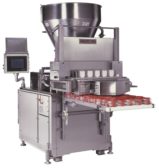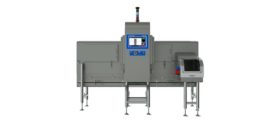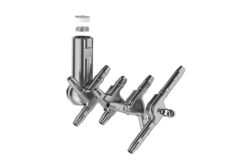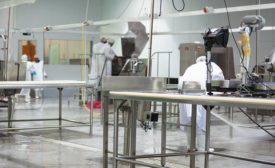Food Safety
Product Recall for Frozen Taquitos with Diced Green Chiles That May Contain Hard Plastic
Brands include José Olé, Great Value and Casa Mamita; green chiles were processed by Sun Valley Foods, LLC.
August 3, 2020
FlexXray Expands Operations with New Food Inspection Warehouse in Illinois
New 48,000-square-foot facility features x-ray and metal detection inspection, shrink bundling and tap-tone operational capacity.
June 10, 2020
Get our new eMagazine delivered to your inbox every month.
Stay in the know on the latest food and beverage manufacturing markets.
SUBSCRIBE TODAYCopyright ©2024. All Rights Reserved BNP Media.
Design, CMS, Hosting & Web Development :: ePublishing












